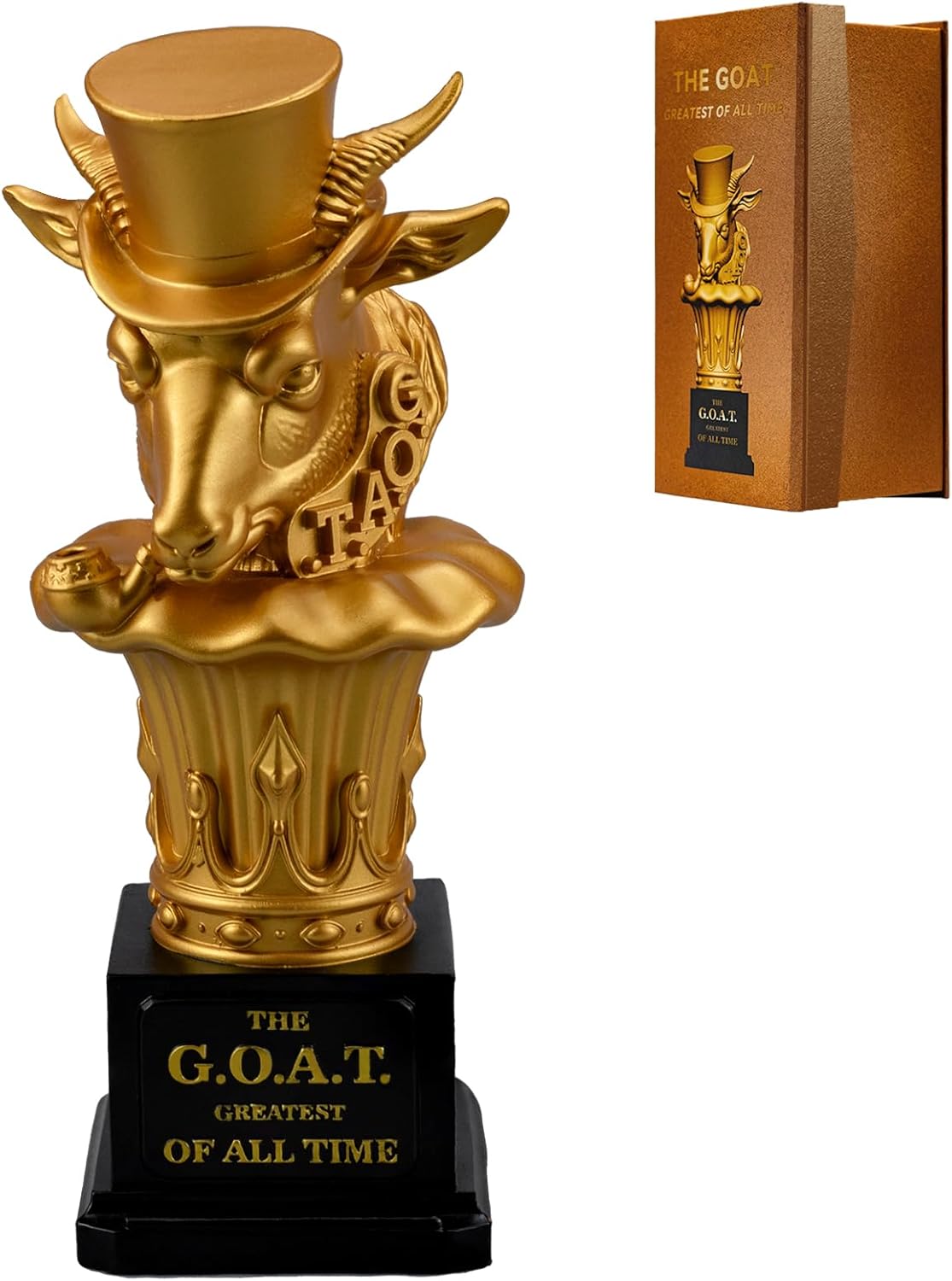The term “GOAT,” an acronym for “Greatest of All Time,” has become a cultural phenomenon, primarily associated with sports. However, it has transcended its athletic origins and permeated the realms of music and art, where discussions about greatness are equally passionate and subjective. This article will explore the GOAT phenomenon in these creative fields, examining its implications, examples, and the criteria that define greatness in music and art.
Understanding the GOAT Concept
The GOAT concept is often tied to discussions surrounding exceptional talent, groundbreaking contributions, and lasting influence. In sports, figures like Michael Jordan and Serena Williams epitomize this idea, but the criteria for greatness can differ vastly across disciplines. In music and art, the criteria often include:
- Innovation: The ability to introduce new ideas and styles
- Influence: The impact on peers and subsequent generations
- Longevity: Sustained success and relevance over time
- Cultural Impact: The extent to which an artist resonates with society
- Technical Mastery: Exceptional skill in one’s craft
The GOAT Phenomenon in Music

In music, the GOAT debate often centers on iconic artists whose work has left an indelible mark on the industry and culture. Notable examples include:
1. Michael Jackson: The King of Pop

Michael Jackson is frequently cited as the GOAT in the music genre. His contributions to pop music, dance, and music videos revolutionized the industry. Some key points about Jackson’s legacy include:
- Innovative music videos such as “Thriller,” which combined storytelling with groundbreaking choreography.
- Record-breaking album sales, with “Thriller” remaining the best-selling album of all time.
- Influence on numerous artists across genres, from pop to hip-hop.
2. Aretha Franklin: The Queen of Soul
Aretha Franklin’s powerful voice and emotive performances have made her a defining figure in American music. Her status as the GOAT in soul music can be attributed to:
- A repertoire of hits such as “Respect” and “Natural Woman,” which showcased her vocal prowess.
- A profound influence on feminist movements and civil rights through her music.
- A legacy of over six decades of consistent relevance in the industry.
3. The Beatles: Pioneers of Modern Music
The Beatles transformed the landscape of music in the 20th century, making them a strong contender for the title of GOAT. Their influence is evident in:
- Innovative songwriting and experimentation with various musical styles.
- Global impact, influencing countless artists and genres around the world.
- Cultural shifts associated with their music, particularly during the 1960s.
The GOAT Phenomenon in Art
When it comes to visual art, the GOAT debate also brings forth a mix of historical and contemporary figures whose works have transcended time. Prominent artists include:
1. Leonardo da Vinci: The Renaissance Master
Leonardo da Vinci is often hailed as the GOAT of visual arts. His contributions to painting, drawing, and scientific exploration include:
- Iconic works such as “Mona Lisa” and “The Last Supper,” which continue to be studied and revered.
- Innovative techniques in perspective and anatomy that have influenced generations of artists.
- A multifaceted genius whose curiosity extended beyond art into science and engineering.
2. Pablo Picasso: The Revolutionary Artist
Pablo Picasso’s groundbreaking approach to form and color has made him a defining figure in modern art. Key aspects of his legacy include:
- Co-founding the Cubist movement, which altered perceptions of reality in art.
- A prolific output that includes thousands of paintings, drawings, and sculptures.
- His ability to constantly evolve, embracing new styles throughout his career.
3. Frida Kahlo: The Icon of Identity and Feminism

Frida Kahlo is a contemporary icon whose work explores themes of identity, pain, and feminism. She is recognized for:
- Her deeply personal and surreal self-portraits that challenge societal norms.
- A lasting impact on feminist art and discussions surrounding representation.
- Her cultural significance as a Mexican artist who bridged multiple artistic movements.
Criteria for Defining the GOAT in Music and Art
While the criteria for determining the GOAT in sports often focus on statistics and records, the fields of music and art require a nuanced approach. Some critical factors include:
- Innovation: Artists who introduce new styles or concepts often gain recognition as GOATs.
- Influence: The ability to inspire future generations is a hallmark of greatness.
- Critical Acclaim: Recognition through awards and critical reviews can bolster an artist’s status.
- Cultural Relevance: The resonance of an artist’s work within society often defines their legacy.
- Commercial Success: While not the only measure, record sales and popularity can indicate an artist’s impact.
The Subjectivity of Greatness

One of the most compelling aspects of the GOAT phenomenon in music and art is its subjectivity. Different audiences may have varying opinions on what constitutes greatness based on personal preferences, cultural backgrounds, and emotional connections. This subjectivity can lead to passionate debates, as seen in discussions about:
- The impact of social media on artist recognition and the democratization of fame.
- The role of nostalgia in shaping perceptions of past artists compared to contemporary figures.
- How emerging genres and movements challenge traditional notions of greatness.
Case Studies: GOAT Debates in Music and Art

Several case studies illustrate the complexities of the GOAT phenomenon in music and art:
1. The Hip-Hop GOAT Debate

In hip-hop, figures like Tupac Shakur, The Notorious B.I.G., and Jay-Z often vie for the title of GOAT. Each artist has contributed uniquely to the genre:
- Tupac’s raw lyricism and social commentary resonate with many fans.
- Biggie’s storytelling and flow have influenced countless artists.
- Jay-Z’s business acumen and longevity in the industry set him apart.
2. The Contemporary Art GOAT
Among contemporary artists, figures like Damien Hirst and Banksy ignite debates around commercialism and artistic merit. Their approaches to art challenge traditional views:
- Hirst’s works often provoke discussions about the value of art in the market.
- Banksy’s street art raises questions about authorship and accessibility.
Conclusion: The Enduring GOAT Legacy
The GOAT phenomenon in music and art extends far beyond mere accolades; it encapsulates a complex interplay of innovation, influence, and cultural relevance. As new generations emerge, the definitions of greatness will evolve, prompting ongoing discussions that enrich our understanding of these creative fields. Whether through the profound impact of a song or the striking imagery of a painting, the legacy of those deemed the GOAT will continue to inspire and provoke thought for years to come. Ultimately, the GOAT debate serves not just as a measure of individual achievement but as a celebration of the rich tapestry of human creativity.